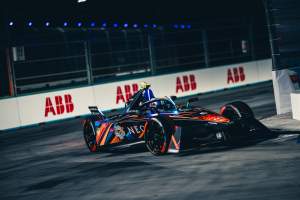Formula E races will include fast-charging pitstops as originally planned in the 2024 season after recent proposals for them to only be used in qualifying faded.
The FIA had always planned to have the energy boosting stops in races and has written the plans into the present regulations. But concerns that the pitstops would break up the closeness of the racing too much led to suggestions – which have now been dismissed – that they should only be part of the qualifying format.
The Race can reveal that a special meeting mostly given over to the introduction for fast charging was held earlier this month in the week after the London E-Prix and manufacturers and teams told that it would be definitely part of the race structure, as outlined broadly in the sporting regulations since the end of 2022.
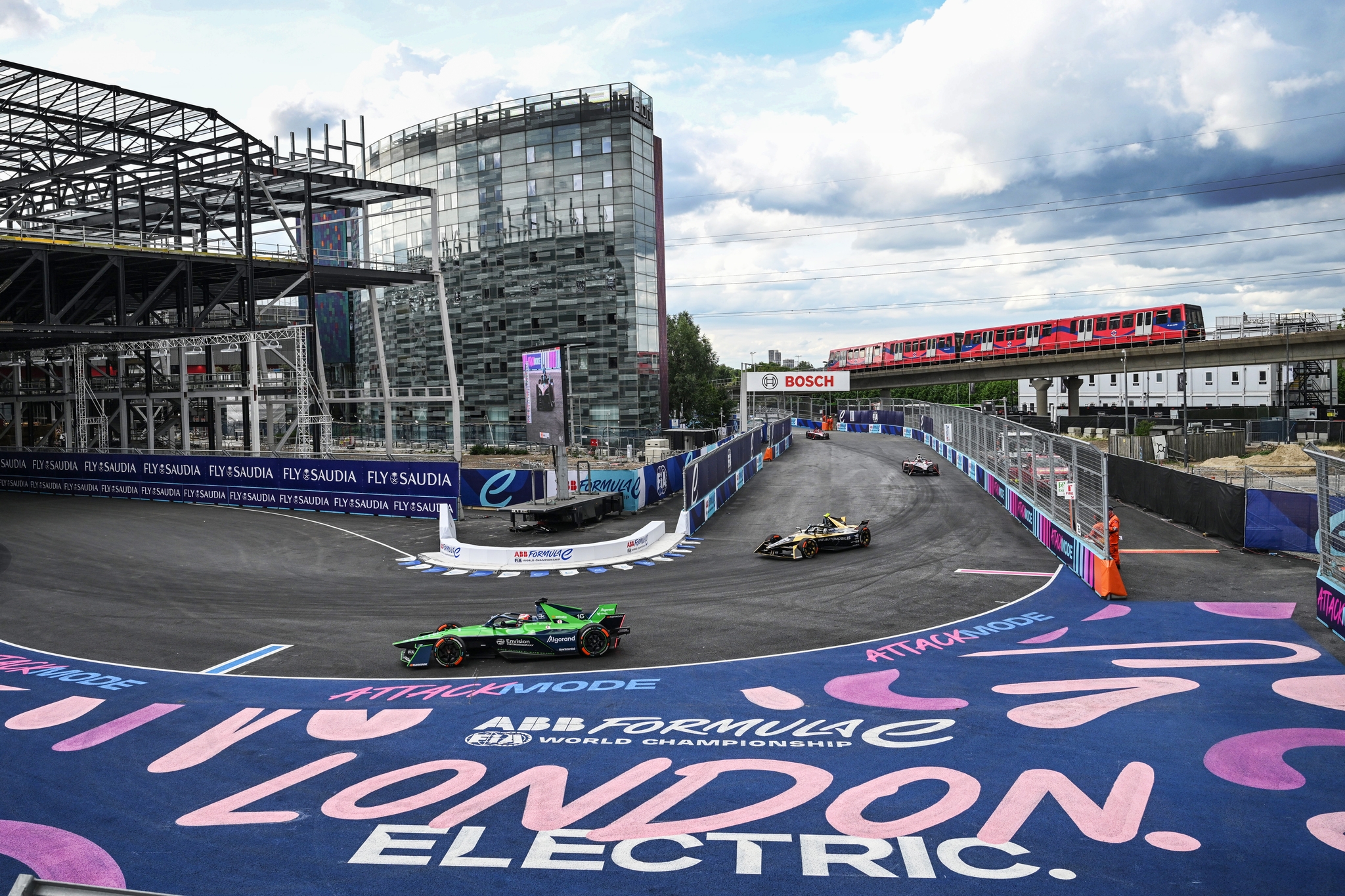
It still remains unclear if the so-called ‘attack charge’ pitstops will be used consistently across all races or if they will be used only at certain events. It’s believed that the present intention is to have them as a permanent part of races from next season onwards.
It has always been written in the regulations that the pitstops will be used ‘for selected races during the season’ and the rules state that the FIA will announce ‘any race with a mandatory Attack Charge at least 21 days before the race concerned’.
The attack charge will work to a specific window within the race which will be decided just prior to the event starting and drivers will not be allowed to take it in full course yellow or safety car conditions.
Porsche motorsport boss Thomas Laudenbach confirmed that Porsche wants the fast-charging pitstops to feature in 2024 and re-emphasised his relief that it was not introduced midway through the 2023 season.
At the beginning of last season, the FIA and Formula E were considering introducing an element of the fast-charging into events but this was scrapped just after the Sao Paulo E-Prix in March in favour of a full introduction in 2024.
“Our position is we want to have the fast-charging, we fully support that one, but at the same time we said not right in the middle of the season if we aren’t 100% sure that it works because we are interfering with the championship,” Laudenbach said last month.
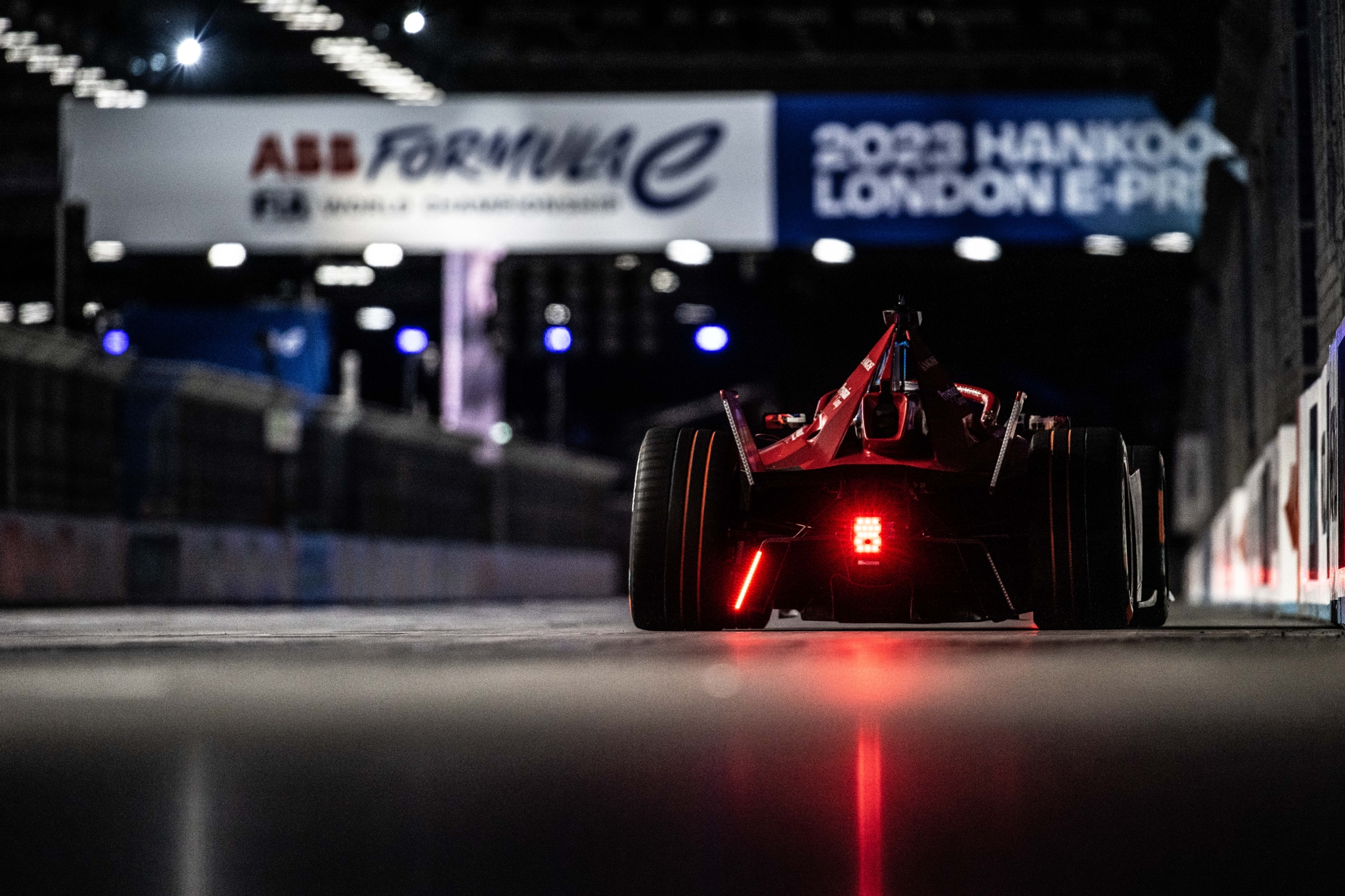
“Therefore, I think it was wise not to bring it this year. We were in favour of having it, but not to sacrifice the series. Now we’ve got to get it right. I think we’ve got to bring it.”
The spec recharging infrastructure will be supplied by Williams Advanced Engineering but has been politically pushed heavily by championship title sponsor ABB, which is set to have significant branding incorporated within the fast-charging programme.
It has already been postponed by a season due to the knock-on effect of issues around the supply of RESS battery units to teams for the start of the Gen3 period in 2023.
The cells of the spec RESS had to be changed after the test and development phase of the Gen3 began in 2021 and the subsequent disruption affected the timeline and ensured that the separate boost chargers for pitstops could not be readied in time.
Laudenbach added that the reliability of the boost charging was a primary concern and one of the reasons why Porsche was so adamant it couldn’t be introduced mid-season.
“Hopefully the spec parts never decide a championship,” he said.
“That’s very important to us, and this also applies to charging. Therefore, teams are pushing hard to get it into the series only when we are all convinced that it is mature enough.
“That’s a very important point; if we are not sure it works properly, we’d rather postpone, we’d rather bring it a bit later like we did this year. Even so with that we pay a price, but that’s even better than probably deciding a championship with a technical failure where the competitor can’t do anything.
“Because that’s always difficult to sell and that’s not what we want either.”
Why fast-charging is delicate
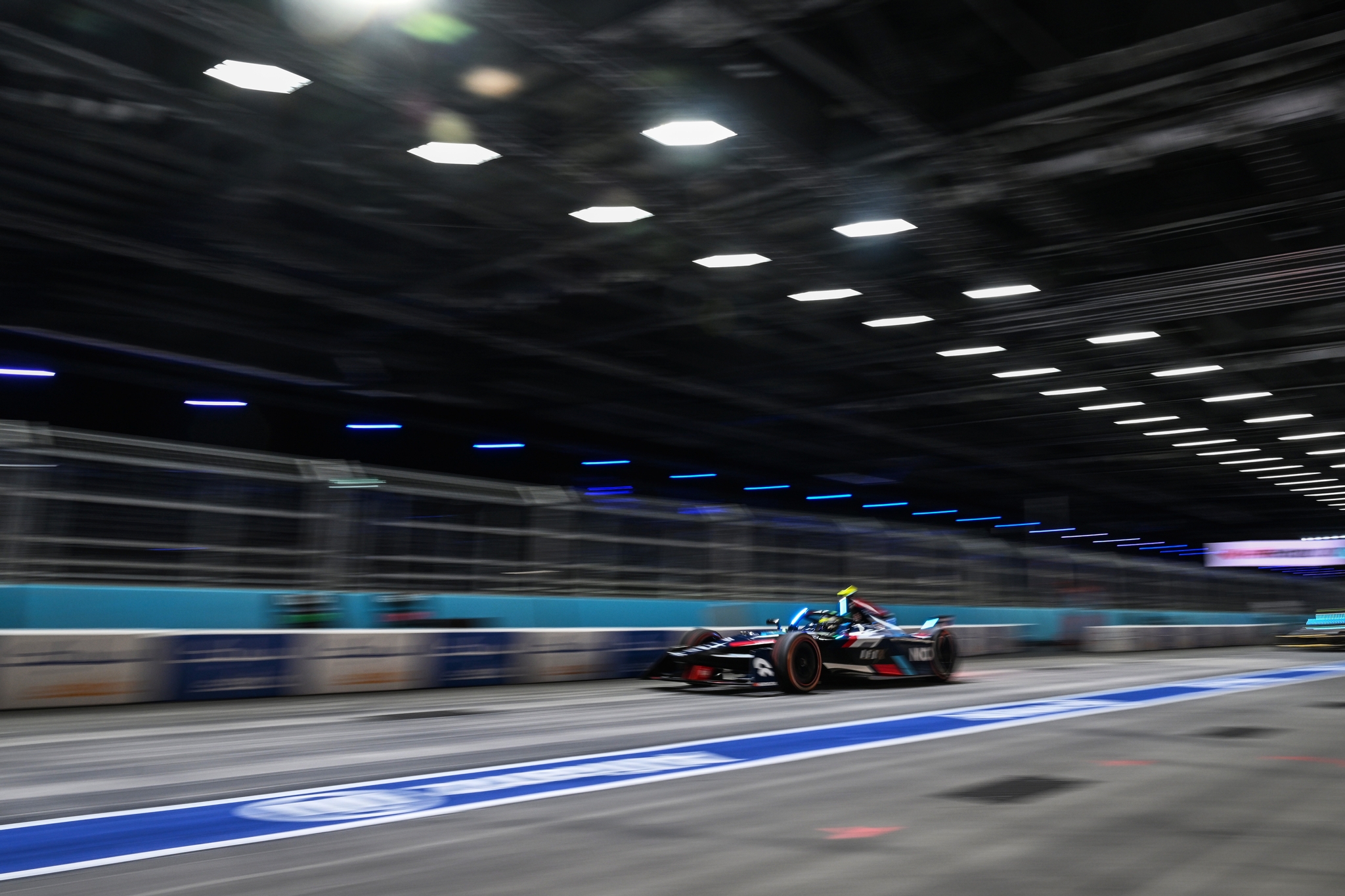
The implementation of fast-charging means in-race pitstops will become a feature of Formula E races next season for the first time since the final Gen1 season in 2017/18.
Then teams had to make stops to switch cars as the battery technology was not advanced enough to guarantee full races with single cars.
The sight of drivers hurrying out of cars and into second ones at first appeared counter-intuitive to the series’ sustainability ethos but the stops often contributed to exciting races.
However, by the final season the minimum pitstop time was slashed and this led to safety concerns, with several incidents of drivers exiting their stops with half-secured seatbelts.
Fast-charging pitstops were given express backing by manufacturers in 2019 when the Gen3 project was being formed. The promoter, Formula E Holdings, then ‘sold’ the concept to championship title partner ABB, which will promote the initiative.
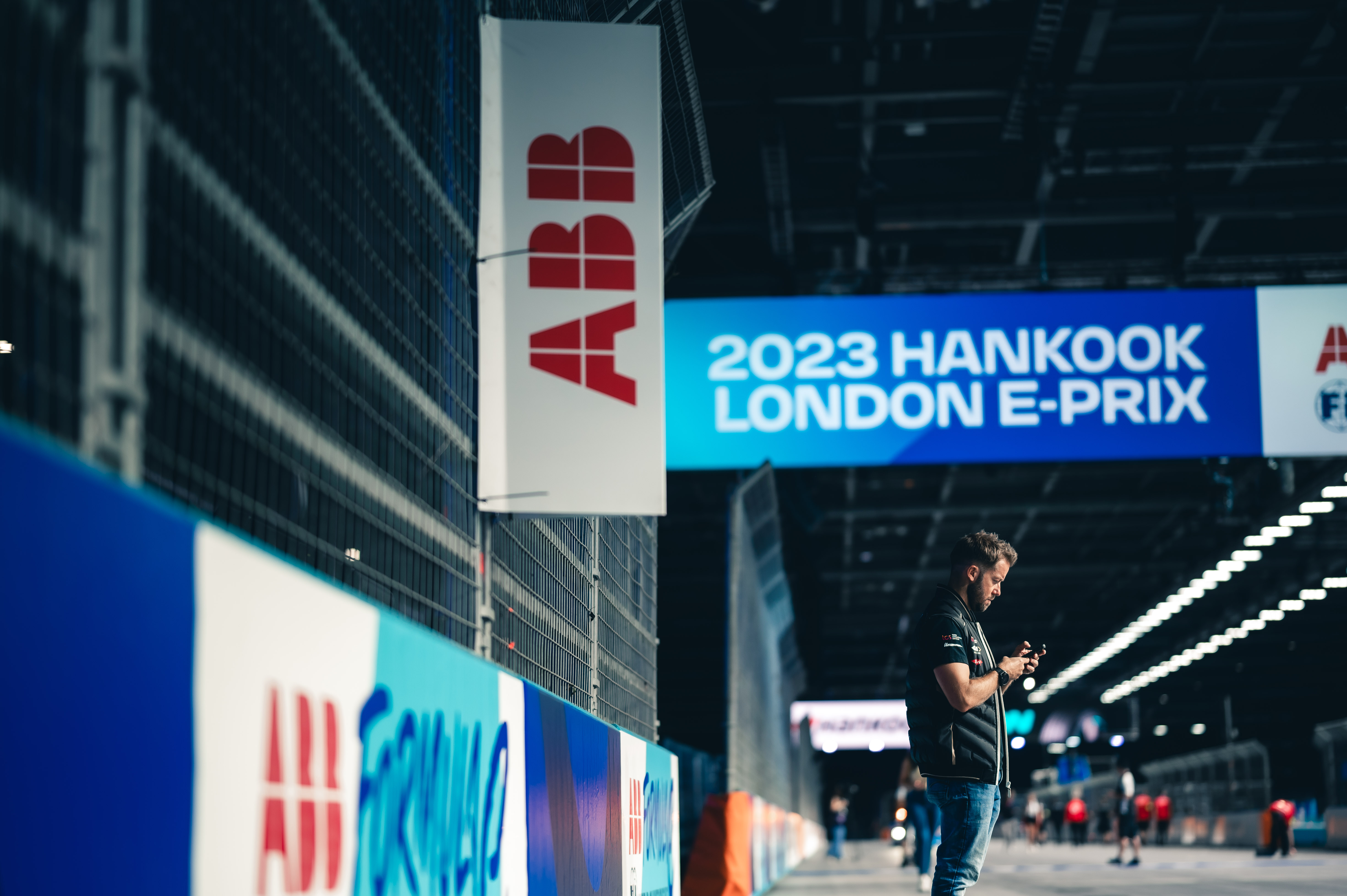
The attack charge stops will be crucial to Formula E’s sporting standing in 2024 because the first season of Gen3 in 2023 witnessed mostly close racing with the attack mode system that was first used in 2018, Gen2’s first season.
A combination of attack mode and fast-charging being used from 2024 onwards is in itself not contentious. But what is, is the possibility that the stops will break up the packs in some of FE’s famously close races.
The FIA’s own simulation working group has been working to find out how races are likely to be affected, particularly on shorter tracks. This is where the possibility of cars becoming lapped could come into play.
The modelling is taking into account multiple strategies that will occur at specific circuits and how the closeness of previous races can be maintained. Yet there is concern among some world championship stakeholders that the overall entertainment value could be compromised by the pitstops.
“We should be very, very careful how it will affect the sporting format and it’s something that we are we are looking at,” said the the FIA’s director of sport, Marek Nawarecki.
“We are trying to see different scenarios on simulation to see what would be the most relevant way to implement it in the sporting format knowing that will bring additional interesting stories for the championship. But we would also like to protect the true value of the current format we see.”
McLaren agrees but adds that Formula E should also not be afraid of trying something new.

“We’ve got to be super careful on it but at the same time we’ve got to be careful that we’re not too conservative,” McLaren team principal and FE teams’ association chair Ian James told The Race at the London E-Prix last month.
“Just because something is working well now, we’ve got to continue to move things along and fast-charging has always been on the road map for Gen3 at some point.
“It’s key that we reach the right level of maturity for this product so when it does get implemented we’ve got the confidence that it’s going to add to the show.
“One thing that we’ve been very clear on – this is on the Gen3 evo stuff, on the Gen4 discussions – is that whatever direction we take, whatever decisions we take, especially from the technical perspective, it has to add to the show and add value.
“We can’t do it just for the sake of it, it’s absolutely key.”





